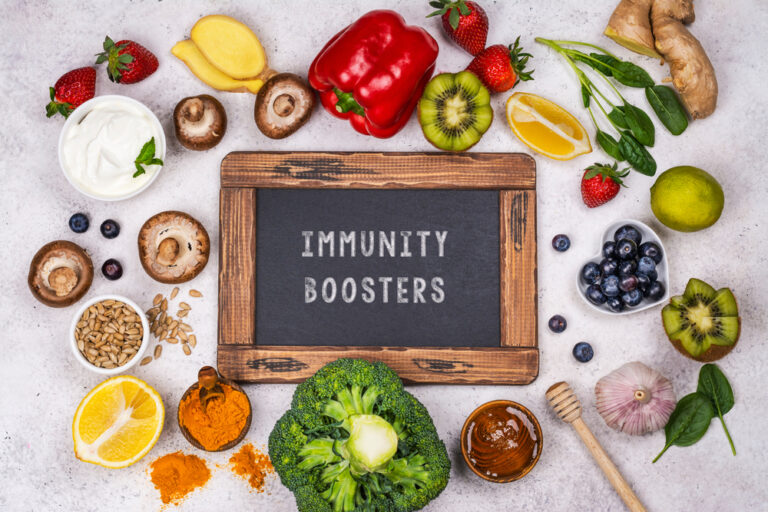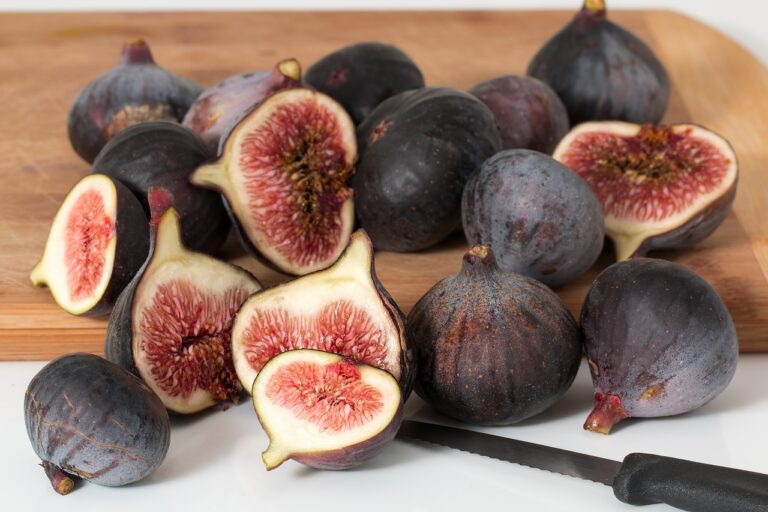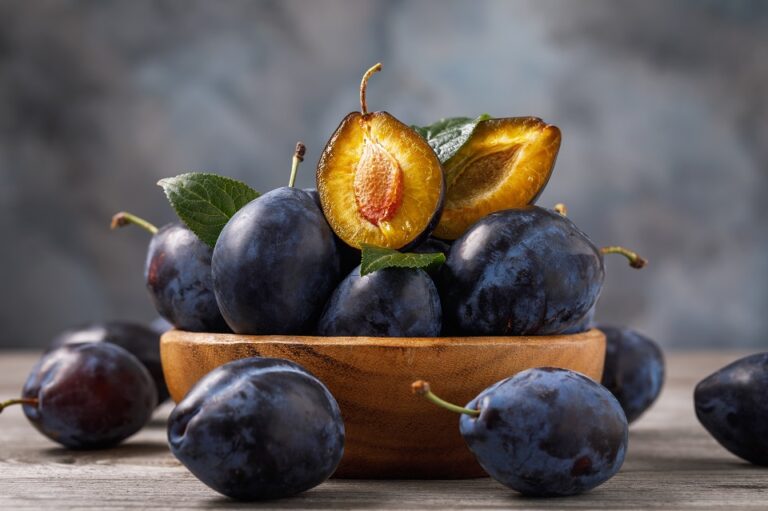
5. High-Fiber Diet
High-fiber diets translate to whole grains, vegetables, fruits, legumes like dry beans, lentils, whole soyfoods, nuts, and seeds. “Dietary fiber may provide protection against cancer in several ways. Some types of fiber provide bulk and help waste move more quickly through the digestive tract, diluting potential carcinogens and reducing their exposure to colon cells,” Collins says.
“Other types of fiber support growth of healthy gut microbes and are fermented by bacteria in the colon, producing substances [short-chain fatty acids such as butyrate] that seem to protect colon cells, reduce markers of inflammation and oxidative stress in human clinical trials, and show effects on gene expression that could reduce cancer development.”
The best thing when it comes to high-fiber diets? They have been associated with the reduced risk of colorectal cancer. “The latest American Institute for Cancer Research (AICR) report on colorectal cancer shows lowest risk is associated with dietary fiber of about 30 grams/day or more,” she says, noting that the average person does not consume that much fiber. “The average U.S. adult gets only 17 grams/day, so for most people increasing fiber consumption will be protective, and any increase will contribute to lower colorectal cancer risk.”
Plus, following a high-fiber diet shows on your waist too. “High-fiber diets most likely support reaching and maintaining a healthy weight because of how they promote satiety (making it easier to limit calories without going hungry), but could also involve metabolic or hormonal influences,” Collins says.












